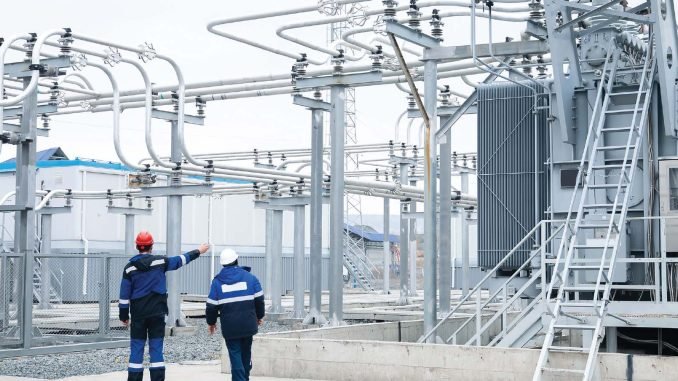In the world of power distribution, substations serve as critical nodes that transform and regulate voltage levels, ensuring electricity reaches homes and businesses safely and reliably. Yet, even the most advanced equipment can falter if not installed correctly. This article explores the hidden costs that arise from poor transformer installation and offers practical lessons for substation managers aiming to safeguard performance, safety, and budgets.
Unseen Financial Impacts
When a transformer is improperly seated, aligned, or secured, minor misalignments can lead to oil leaks, dielectric fluid contamination, and accelerated wear on windings. These issues often manifest weeks or months after commissioning, catching maintenance teams off guard. Unplanned shutdowns for emergency repairs not only incur direct repair costs but also lead to lost revenue from interrupted service. Over time, the cumulative expense of repeated minor interventions can exceed the initial savings sought by cutting corners during installation.
Reliability and Downtime
Reliability is non-negotiable in modern energy networks. A single failed transformer can ripple across the grid, forcing reroutes and load shedding that strain neighboring equipment. Repeated or prolonged outages erode customer trust and may even trigger regulatory penalties. Substation managers must recognize that upfront investment in precision installation—leveraging experienced technicians and calibrated alignment tools—pays dividends in uninterrupted service and stronger stakeholder confidence.
Safety Hazards and Compliance Risks
A misinstalled transformer poses a serious safety threat. Loose connections or improper grounding can generate dangerous arcing faults and overheat, potentially leading to fire or explosion. Beyond human risk, such incidents draw regulatory scrutiny, fines, and reputational damage. Ensuring compliance with national and international standards (such as IEC or ANSI guidelines) should be a core objective of every installation project. By adopting rigorous inspection protocols and working with trusted providers, managers can mitigate these hidden safety liabilities.
Efficiency and Energy Losses
Transformers rely on tight magnetic coupling and optimal insulation to minimize core and winding losses. Deviations during installation—such as uneven bolt torques or off-centre core assemblies—can increase losses by several percentage points. While this may appear marginal, in high-capacity substations the wasted energy translates to thousands of dollars annually. Routine thermal imaging and oil testing can catch early signs of poor installation, but the best remedy is getting it right the first time.
Extended Asset Lifespan
The century-old adage “measure twice, cut once” applies as much to transformers as to carpentry. Proper installation extends service life by preventing mechanical stresses and hotspot formation. Conversely, an inadequately leveled transformer experiences uneven pressure on bushings and leads, accelerating insulation degradation. Substation managers who prioritize precise installation techniques substantially defer capital replacement cycles, allowing them to allocate budgets toward other strategic upgrades.
Partnering for Excellence
Selecting the right installation partner is pivotal. As a leading authority in power infrastructure, Top Electrical Solution Company in Rajasthan brings proven expertise, standardized procedures, and a track record of zero-incident installations. By collaborating with providers that offer end-to-end project management—from foundation design through final commissioning—managers ensure consistent quality and clear accountability.
Leveraging Specialized Services
Beyond basic installation, comprehensive commissioning services verify that transformers perform to specification under real-world conditions. This is where Transformer Installation and Commissioning Services in India add tremendous value. Through systematic testing—such as turns ratio checks, oil dielectric strength assessment, and vibration analysis—technicians confirm system integrity before energization, effectively eliminating many hidden post-installation costs.
Lessons Learned for Substation Managers
Substation managers play a pivotal role in preventing the pitfalls of poor installation. First, rigorous vendor qualification ensures that only companies with specialized transformer experience are engaged. Second, instituting a robust quality-assurance framework—complete with checklists, inspection sign-offs, and third-party audits—creates transparency and drives accountability. Finally, investing in training for in-house staff on the nuances of transformer alignment, bolting procedures, and grounding techniques builds organizational resilience and reduces dependency on external contractors.
Conclusion
The hidden costs of improper transformer installation extend far beyond repair bills. They erode reliability, endanger lives, spike energy losses, and force premature asset replacements. By learning from past missteps and embedding best practices—backed by expert partners like Manikaran Enterprises—substation managers can protect their networks and budgets alike. In an era where outages are less tolerated and margins tighter than ever, precision at installation is not just a best practice; it’s a strategic imperative.





